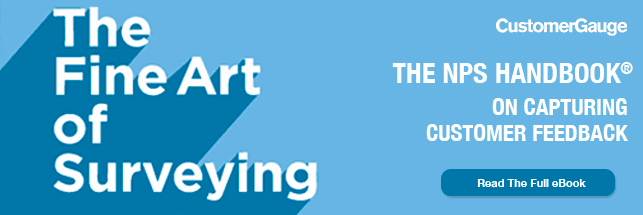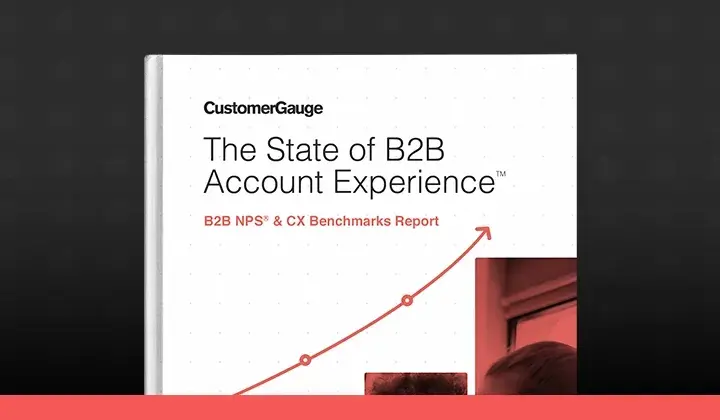How do you grab the attention of your customers and improve the chances of them doing your customer feedback survey? What do you say to them in an email, SMS or post transaction screen?
In your invite, pay careful attention to each word you write and eliminate everything that isn’t necessary. One of the golden rules is not to repeat yourself or communicate things that aren’t relevant or interesting to the customer?
Email subject lines
There are psychological triggers to get the attention of customers.
For instant “knee jerk” decisions such as opening an email, connecting with people emotionally is far more effective than trying to be informative and appeal to their rationale. This means targeting people’s empathy, the desire to influence, and intellect. Example: “You have the power to make a better experience.”
Questions are an easy way to peak your customers curiosity. Targeting the same impulse as above, questions feel personal and convey a sense of worth/importance. Example: “What do you think we should do next?”
Most of all, your subject line should be brief, straightforward and friendly.
To learn more read our article “6 email subject lines strategies to increase your survey feedback.”
An effective invite
Whatever channel you use to invite customers, there will always be a body of text. To create an invite that gets the highest possible click-rates, follow these rules:
1) Personalize the text with their name and maybe relevant transaction information. If you are sending the invite by email, there is no excuse for not doing this. For other channels, this can be tricky, but you should always try.
2) Get straight to it and tell them what the email is about, why are you emailing them? Begin with something like:
“At CustomerGauge, we are constantly trying to improve our service and would like to hear your feedback on how we performed.”
3) You know that one of the strengths of NPS is how quick the surveys are. Make sure the customer knows this too.
“The survey is short and will only take 2 minutes to complete.”
4) Customers often think: “why respond, my issue will just end up as data on a spreadsheet rather than being fixed.” Convince them that this is not the case and let them know that you analyze feedback at an individual level.
“We promise to read every customer comment!”
5) A well-designed button for a survey link isn’t as good an idea as you may think. If recipients’ email servers block images for security reasons or customers choose not to download images, then your button and survey link will be lost.
It is more important that the link to your survey be viewable by all. Use a nice hyperlinked phrase or set of words, and whatever format you use, make sure it is easy to find. Customers shouldn’t have to scroll down to find it.
6) The invitation should be aesthetically pleasing, designed as well as the survey itself. Plain HTML won’t do much to capture the customer’s interest. Choose a nice font (classics that always work are Helvetica, Gothic or Arial), think about the alignment and layout of the text and consider adding a banner image to help remove the boredom of white backgrounds.
7) And of course, thank the customer for their time!
Send reminders
Sending survey invite reminders is a good way to improve your response rate. As many customers, particularly by email, may not see or be able to respond to your survey the first time around.
A standard waiting time for CustomerGauge clients is 3 - 7 days. You don’t want to remind the customer too soon after the first request, but if it is a transactional survey you are conducting you don’t want to wait too long either.
Survey reminders become tricky when you send transactional survey invites through the transaction channel itself, such as the final screen of an online purchase. As a reminder will require a different channel, such as email. In these cases, it may be better not to send a reminder, as it will probably have little effect and only confuse customers.
How to avoid email spam filters
Various things may trigger spam filters. Avoid these common red flags in your invitation email:
- ALL-CAPS SUBJECT LINES.
- Overuse of exclamation marks in the subject line!!!!!!!
- Trigger words in the subject line or body of text, like 'free', 'urgent matter', 'act now' or 'last chance'.
- An email with one big image and little to no text.
- Lots of different fonts, font sizes, and text colors.
- Lazy HTML, which usually occurs by converting a Word file to HTML.
- Inactive sending lists. Lists that have not engaged in campaigns through opens or clicks will be noticed by ISPs and could block the domain and IP address delivering the campaigns.
Pay attention also to local sending legislation. Some general rules that many countries enforce are:
- Using false or misleading header information. All you contact information such as domain name and email address, must be accurate and identify the person or business who initiated the message.
- Deceptive subject lines that don’t reflect the content of the message.
- It’s good to inform recipients where you’re located, include a valid postal address to create authenticity.
- Allow recipients to opt out of receiving future emails with clear and easy instructions on how to do so.
- And honor opt-out requests promptly.
Don’t just take our word for it. Test it!
The advice outlined above are best-practice ideas that we at CustomerGauge have gathered over the years, but nothing in life is uniform, and the same goes for what sparks your customers’ interest.
So, don’t just create a single survey invite and leave it at that. Do some A/B testing by experimenting with the subject line, the central message or maybe the visual layout of the invite to see if you can boost that click-through-rate.
Mastering the survey invite is just one part of our in-depth ebook, which covers all you need to know about creating easy and fast customer feedback surveys. Download it below!



